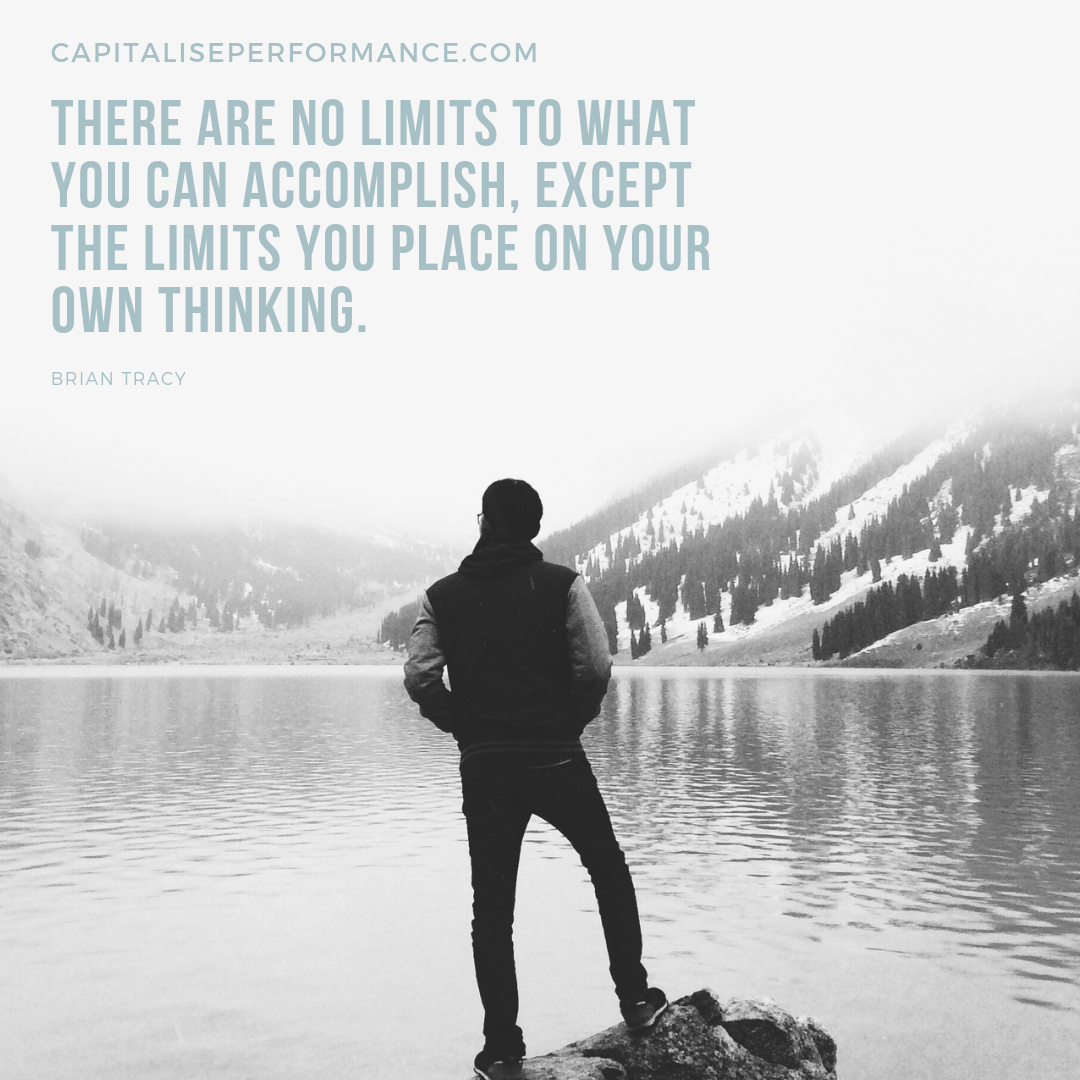WHY culture is so important
Culture is the key to commitment and commitment is key to employee engagement, which leads to customer and client satisfaction.
Fuse a strong company character and culture and a clear purpose and vision. Then focus on a great customer and employee experience and align these ingredients with all core aspects of your business, and you can develop the all-important commitment you need to accelerate business performance and success.
HOW to cultivate the right culture
There are different approaches that can be taken to changing a culture and, although the high involvement approach requires more work than the top-down limited involvement approach, it is the most effective in the long run.
It’s about listening to what colleagues on the ground have to say. What do they think will make the company perform at its best? You can then build a desired culture around the areas that they feel need to be addressed. Once a company has a clear indication from its colleagues of what needs to change (do read my blog to see how if you missed it), then build a programme that aligns, connects and enables the desired culture. This takes focus, perseverance and medium-to-long-term commitment.
Organisations that are making great gains in this space are thinking longer-term (Jacob Morgan’s article is worth a read). They’re going beyond the engagement scores taken ‘in the moment’ and asking colleagues to work with them to create a place where people want, not just need to work each day.
It’s also important to remember that from a pyschological point of view, colleagues feel committed when they are able to meet their survival, safety and security needs, and their work is meaningful. If you look at most employee surveys, you’ll see this more often than not play out in the results.
Purpose continues to be ‘on trend’ thanks to the Millennials who are driving it. 40% of those polled by the Deloitte Millennial Survey 2018 believe the goal of businesses should be to ‘improve society’. Personal alignment, Purpose and Vision Alignment, Values Alignment and Structural Alignment are key. An integrated strategic culture approach helps to accelerate change once the purpose, vision and values have been set.
Commitment is further boosted if Leaders treat their team members as equals, listen to what they have to say, are fair, empower and give them opportunities and challenges to grow and develop both professionally and personally. When you get to the heart of what matters, it’s all about mutual commitment and respect which builds trust. Trust also shows up in organisations when there is a commitment to internal cohesion – a shared purpose, vision and a shared set of values.
The Leaders as The Drivers of the culture change; The Engagers which include a strategic communication and engagement approach, together with a change champion programme and The Enablers which looks at aligning all the people initiatives, structures and processes.
If colleagues connect to the purpose, vision and values of a company, understand the direction of travel and what role they play in the delivering the bigger picture, then you’ll start to cultivate a healthy and committed environment. Making it meaningful is key.
It’s the Leader’s role to bring this to life and inspire, connect, align and empower the colleagues in their team. The people initiatives and processes that are brought into alignment then help to pull the levers that help support the behaviour change required to cultivate the right culture.
Organisations don’t transform, people do.









